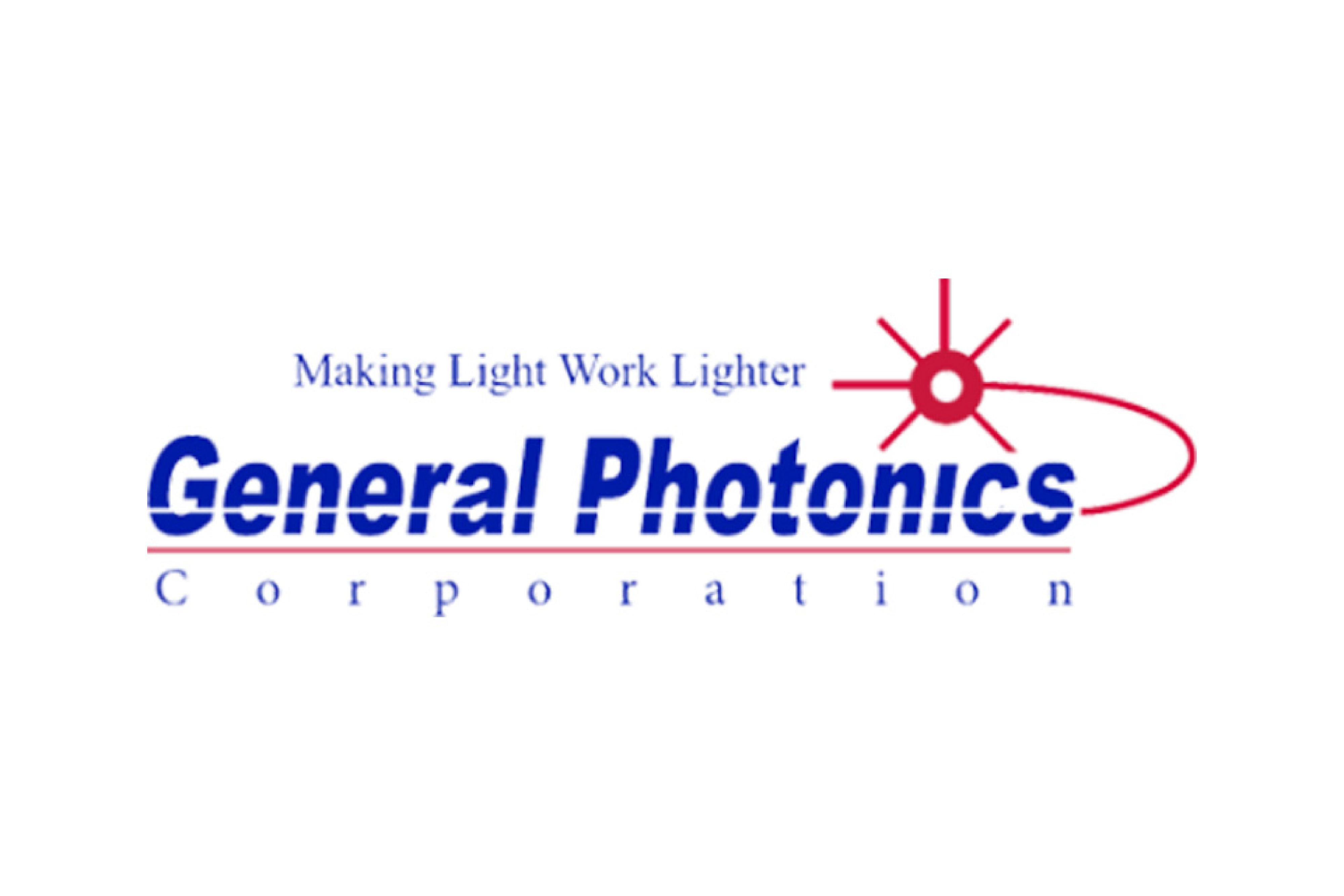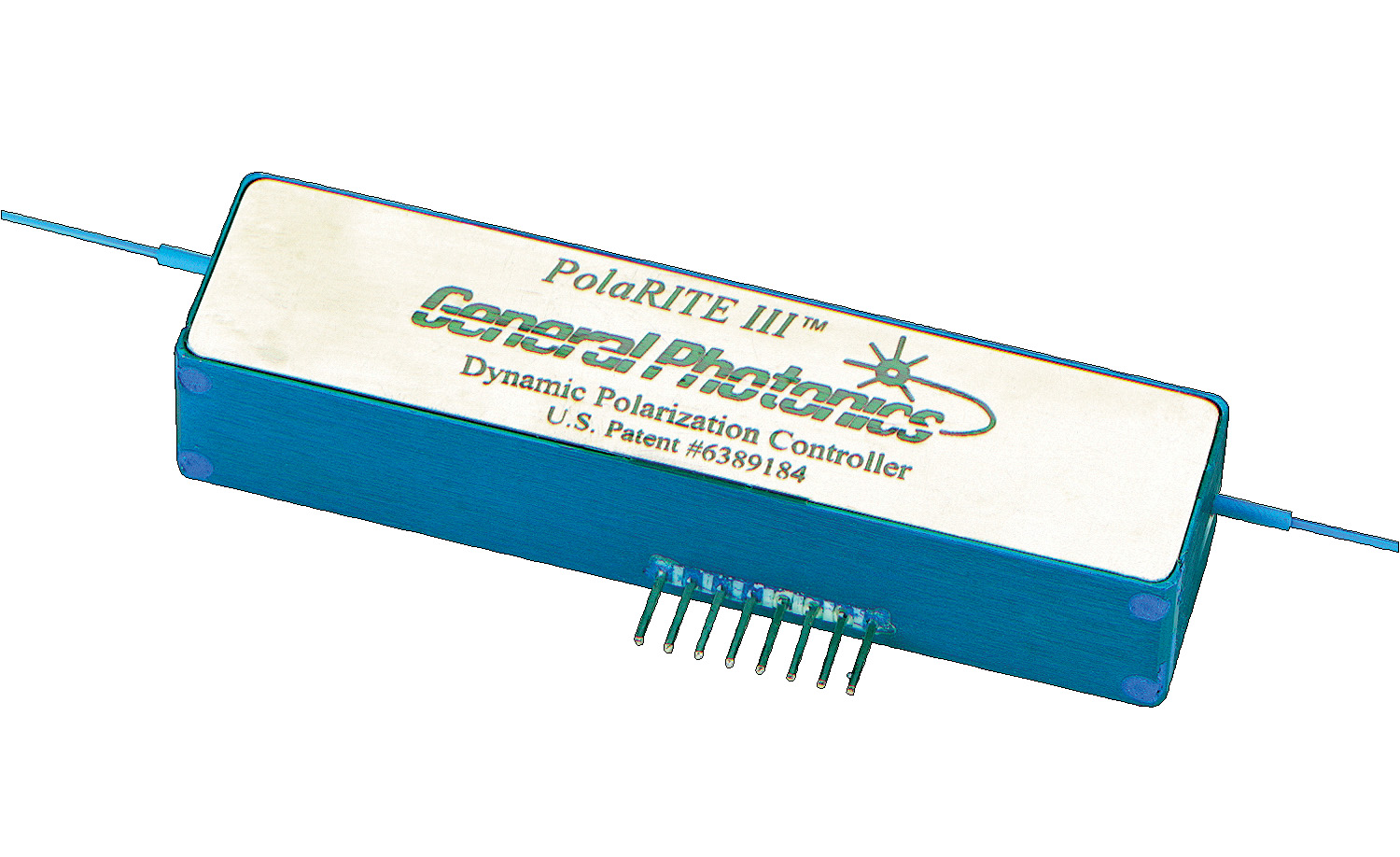Product information "PCD-M02 Polarization Controller"
980-1650 nm; 3, 4 Channels; Polarization Control Range 0-4π Each Channel; IL <0.05, <0.6 dB; PDL <0.05 dB; PMD <0.05 ps; AL <0.01, <0.05 dB; RL >65 dB
General Photonics’ PCD-M02 polarization controller module integrates an all-fiber dynamic polarization controller with a miniature piezo driver card, so that the SOP of the signal can be directly controlled either by a 0 to 5 V analog control signal or a 12-bit TTL digital control signal.
The 3- or 4-channel polarization controller module features an on-board high voltage DC/DC converter, so no external high voltage power supply is required. The card can be configured to accept either a ±12 VDC power supply or an optional external 160 V power supply.
As a polarization controller, the PCD-M02 can convert any input polarization state to any desired output polarization state. As a scrambler, it can randomize the output polarization state. This module offers the low insertion loss, low back reflection, and low activation loss needed for test and measurement applications, combined with the compact size needed for system integration or handheld devices.
Key Features:
- Minimal Insertion Loss (IL): <0.05 dB Without Connectors, <0.6 dB With Connectors
- Minimal Activation Loss (AL): 0.01 dB, 0.05 dB
- Fast Response
- Digital and Analog Control
- Compact Size
- Operating Wavelength Range: 1260 to 1650 nm, 980 to 1310 nm
- Polarization Control Range: 3 or 4 Channels, 0 to 4π Each Channel
- Low Polarization Dependent Loss (PDL): <0.05 dB
- Low Polarization Mode Dispersion (PMD): <0.05 ps
- Return Loss: >65 dB
- Optical Power Handling: 1,000 mW
- Board Dimensions: 100 x 100 x 17.5 mm
Applications: Polarization Control; Polarization Scrambling; PDL Measurement; PMD Compensation/Emulation; Fiber Sensor





